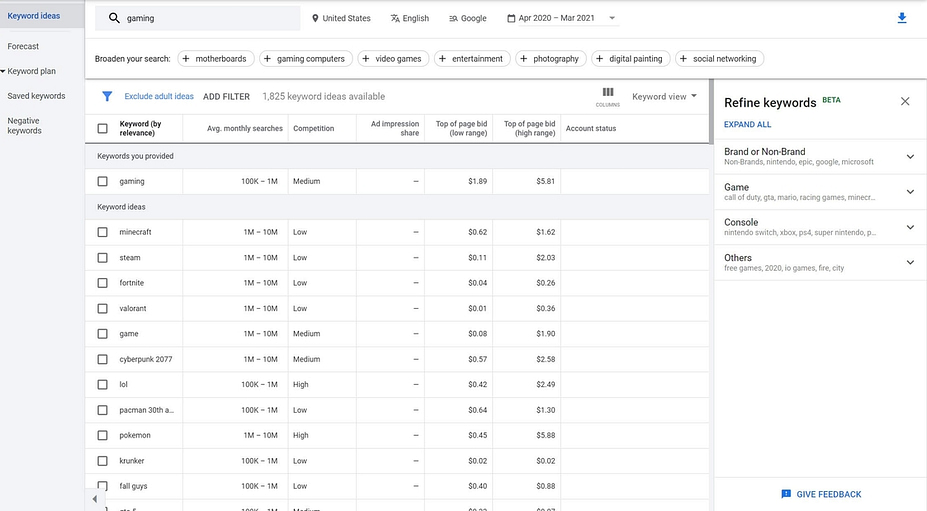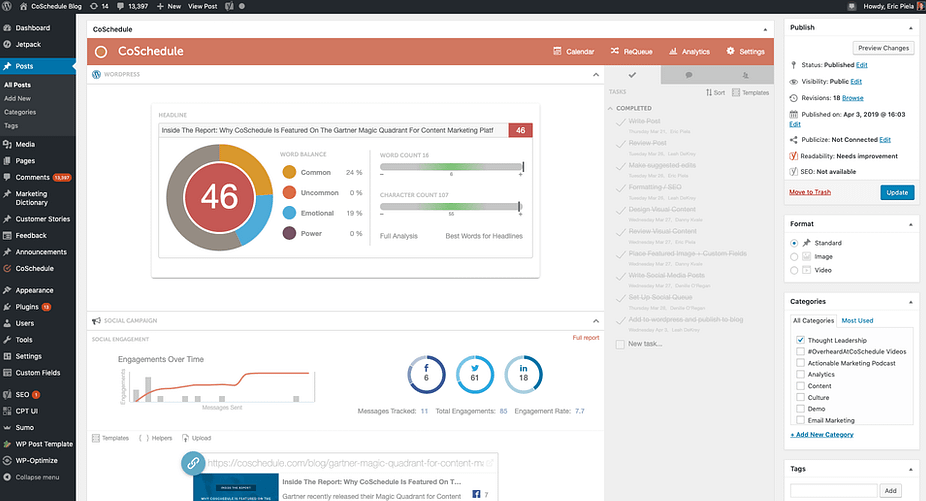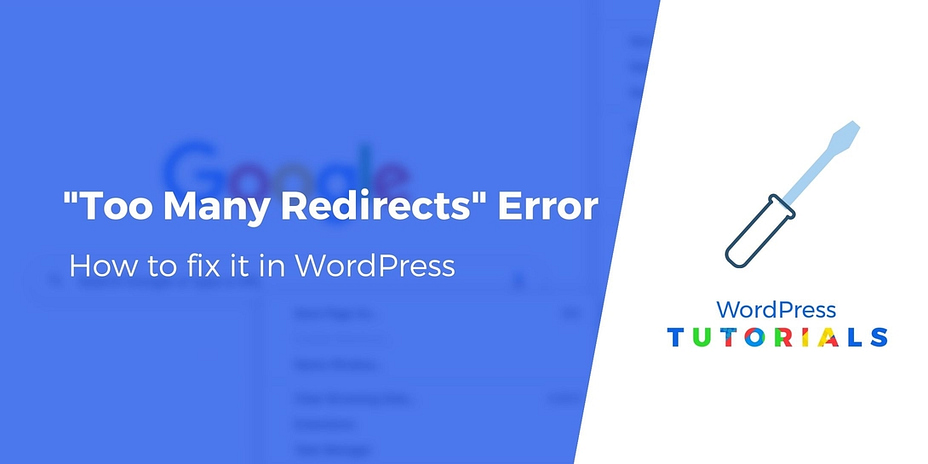How to Grow Your Blog: 17 Tips That Really Work
Whether you’re a content-creating pro or a newbie, increasing your web following is probably a priority. Nevertheless, knowing how to grow your blog isn’t always simple – after all, the internet is an ever-evolving platform.
Fortunately, that doesn’t mean that you have to blindly search for your next best strategy. By understanding a variety of ways to increase boost your readership, you can mix and match them to find the perfect combination for your needs.
In this article, we’ll cover 17 different ways that you can grow your blog. We’ll also provide some tips and examples along the way to get you started.
Let’s get straight to the tips!
How to grow your blog in 2021
Here’s what you need to do exactly to make your blog successful and popular. These tips are in no particular order:
1. Invest in a top-notch host
Let’s face it: a website isn’t much without a quality host behind it. If you can only offer slow load times, potential new fans might find a different site to meet their needs. Higher speed also means better search engine optimization (SEO) so more readers will find you.
Fortunately, even affordable hosts can offer impressive plans. Try to find one that offers top-quality service while also fitting into your budget. Don’t be afraid to invest in this area of your site – it’s the bedrock for the user experience.
2. Don’t underestimate featured images
Featured images are a simple, visual way of showing readers what your content has to offer. They can also be shared on social media platforms, meaning they can play a vital role in attracting new visitors.
We recommend choosing images that are consistent and fit your brand. For example, we go with a standardized, informative approach:
If you don’t have a graphic designer on staff, never fear! Tools like Canva and Crello make it easy to create great-looking featured images from your browser. For our blog here at Themeisle, we have a template on Canva that we use to quickly create our featured images.
For a really simple approach, you can always use free stock photos instead. Just be sure to always include image credits when you do.
3. Build your email list
Email marketing is a subtle yet effective strategy. By contacting readers regularly, you’re building rapport with them. You’re also giving them an easy way to share your content with others.
Whether your site is big or small, getting started with email marketing is easy. It’s also relatively cheap, with a likely high return on your investment – so if you’re wondering how to grow your blog, this is the logical first step.
You can even find free email marketing services that let you get started at no cost.
4. Involve your audience
Engaging your audience can be tricky, but it’s also effective. Likes, comments, and especially shares can be an easy way to organically spread the word about your blog.
Try to increase these metrics by including a call to action (CTA) at the end of your content. Check out this example from our article on hiding the WordPress admin bar:

Even simple questions like these can encourage more engagement. Nevertheless, try to limit yourself to a single CTA per post, to avoid overwhelming readers.
5. Make good use of internal links
Internal links are the most direct way to provide access to more content. If a reader comes upon an article casually, they can use these URLs to explore. This can lead to them learning more about your blog and becoming active users.
For maximum effect, you’ll want to make these internal links as natural and relevant as possible. This strategy can also help boost your SEO.
6. Add excellent navigation
Nobody likes a site that’s hard to get around. A bad interface may even scare away users who could otherwise become loyal fans. Thus, if you want to know how to grow your blog, try starting with top-notch navigation.
If you’re looking for a template, the official WordPress site offers a simple but effective example:

If you have a large blog, try to keep the category hierarchies as clear as possible. Additionally, blogs of any size can benefit from making sure no URL is more than three clicks away from the home page.
7. Dig into your niche
Choosing a clear niche for your blog is essential. It helps to focus your work and attract the right audience. As such, we recommend keeping your niche in mind for every element of design, ranging from your content to your theme.
However, don’t let your niche keep you in a box! Consider finding new ways to explore relevant topics that new users will be interested in. You might even want to keep an eye on the competition for ideas.
8. Integrate your social networks
Having your own website is essential. However, that doesn’t mean you can ignore social media. These popular platforms can help others find and share your content on a huge scale.
We recommend that you share your work on these sites as frequently as possible. You might also want to include opportunities for your readers to do so:
This simple click-to-post feature can increase social sharing. You can also use a social media plugin to make the process easier.
9. Vary your content format
If you’re still wondering how to grow your blog, this next tip might surprise you: don’t be afraid to go beyond text. Using different format types can vary your content and make it more dynamic.
Try mixing a few distinct types together, such as:
- Long-form, deep-dive articles
- Colorful graphics or flowcharts
- Relevant videos
We recommend checking in on your archives from time to time. If they look too similar, it might be time to publish content in a new format.
10. Perform keyword research regularly
Staying relevant is key to attracting new readers. It’s also a strong strategy for retaining your current audience. That’s why you should consider regularly consulting keyword research tools such as Google’s Keyword Planner:

Don’t be afraid to take advantage of the suggested keywords. They might open up new content creation opportunities. Just remember to note how much competition you can reasonably expect as well.
11. Collaborate with other bloggers
When you collaborate with other bloggers, you’re gaining access to each other’s audiences. You’ll also have new opportunities for fresh content.
Don’t limit yourself to only collaborating with closely-related creators. If a blogger is within your niche yet has a slightly different focus, working with them could be an effective way to reach audiences that might not even know they’d enjoy your work.
12. Offer concrete value
This is a simple yet crucial concept: most blogs need to offer their visitors a tangible benefit. This can be anything from answering relevant questions to providing recommendations.
How you approach offering value will depend on what kind of blog you run. However, one tip can apply to most niches: try to answer the question “Why should my readers care?” as early in each post as possible. That way, new readers will be more likely to invest in the answer.
13. Prioritize responsive features
You probably don’t need us to tell you that mobile users are a huge part of your audience. That applies to both current and potential readers. That means making your content accessible to those readers is essential.
To do that, your blog should follow the key principles of responsive design.
The goal is for your posts to look just as good (and be just as usable) on mobile devices as on desktops.
Including mobile-friendly features also enables users to have a seamless experience across every version of your website.

On WordPress, virtually all themes are responsive nowadays. However, it’s still worth checking to make sure you like how your site looks to mobile visitors.
14. Submit a sitemap
A sitemap is a file filled with information about your site. Google uses this data to explore and understand your blog. As such, it can play a role in your search engine rankings.
WordPress creates a sitemap for you automatically. However, if you want to make the most of this resource, you can submit it directly to Google using Google Search Console.
15. A/B test your landing pages
A/B testing compares one version of a page against another. It studies traffic and conversion data to determine which version performs the best. By conducting this type of research, you can boost your odds of more visitors and conversions.
Plus, you don’t have to stop at landing pages. You can A/B test everything from blog layouts to your home page. If you’re not getting as much traffic as you’d like, consider using this strategy to find ways to improve.
16. Keep a content calendar
Consistency is a vital part of any successful blog – after all, most people are unlikely to become active readers if it looks like the blog isn’t updating anymore. That’s why keeping a content calendar for yourself (or your team) can be crucial.
There are plenty of tools that can help you do this, such as CoSchedule:

You may also want to include user-generated content in your schedule. This can take some pressure off your own workload while involving your current audience more.
17. Don’t let old content fade
As you create more content, older posts are bound to get pushed to the back of your bog. However, there’s still a lot of potential there, so you may want to consider updating and reusing older content.
When you do this, try to focus on your highest-performing posts. That way, new users can see the best you have to offer, and you can make sure that content continues to rank well. You can make this task a lot simpler with a plugin like Revive Old Posts.
That’s how to grow your blog!
Fortunately, this process doesn’t have to be a mystery. By understanding some of the basic strategies, you can start expanding your user base right away.
In this article, we’ve covered 17 different ways to grow your blog. While you probably won’t use all of them, we’d suggest starting with a few of the methods that are best suited to your audience and niche, then coming back for more ideas whenever your blog grows stagnant.
We also have some other great posts that can help your blog become a success:
Do you have any other questions about how to grow your blog? Let us know in the comments section below!


Post a Comment